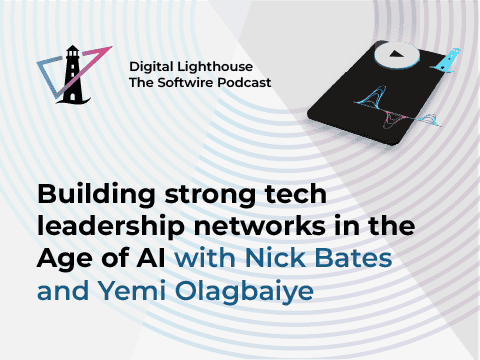
It is said that a picture paints a thousand words, and in the same way, when a prototype is used within a digital transformation journey, as we mentioned in our previous blog post here, it can help get buy-in from investors and key stakeholders, as well as being a valuable opportunity to conduct user research and validate your concept.
By providing the client with a visual preliminary draft of what the project is going to deliver once finalised, a prototype can help communicate, test and validate new ideas quickly and cost-effectively, rather than discussing concepts and allowing room for misinterpretation or understanding – removing all forms of ambiguity.
Moreover, gaining an insight into possible challenges or limitations is beneficial for a business both short and long-term, as it provides a quick feedback loop for you to make necessary changes. Seemingly counterintuitive, prototypes can often add more value when they fail as they allow you to address misconceptions at an earlier design stage in order to achieve the best result.
There is so much to be learnt through the prototyping process, but the key to unlocking the benefit from these learnings is to keep an open mind and not be wedded to a particular idea if it’s proven undesirable or unsuccessful.
A unique user experience
Every company has different services and needs, which in turn create a unique user experience for each client. Regardless of the stage of development or industry your business services, a prototype can be instrumental in deciding the look and design for your website, and particularly when testing how you want your users to interact with it.
For private clients who are starting up, prototypes are of great benefit when creating a design system to trial and answer any questions you may have. Particularly for ‘new mental models,’ such as Uber, a prototype provides valuable insight to test new designs and solidify concepts and values, such as how the public view taxis. This allows companies to make alterations and to establish what it is they want long term.
In comparison, Softwire has been working with GOV.UK, who uses a more mature and robust prototyping kit to ensure consistency of design across their websites, allowing designers to focus efforts on optimising the user experience. The design kit for GOV.UK has already been decided, and the components are built in to remove this element of consideration, so instead, as designers we can hit the ground running and write code that determines user choice. This process also allows for a very rapid turnaround time and cost-effective delivery of projects.
Regardless of where you are on your digital transformation project; whether you have used a prototype as part of the design process before or not, there is undoubtedly value to be gained from the process. From gaining buy-in, reducing costs and validating your concept, prototypes can underpin project success.
Softwire can help with this process for you, so if this is something you’re interested in, book a prototyping workshop now. And, for more insight, listen to our podcast.


